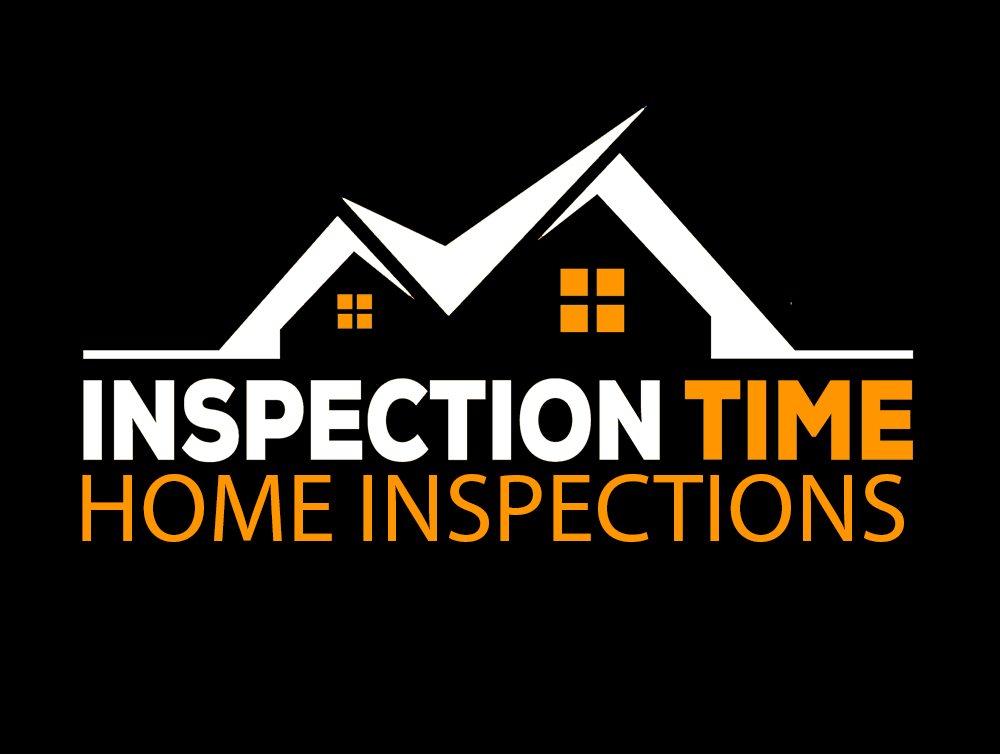by Nick Gromicko, CMI®

Bat houses are man-made boxes designed to provide shelter for bats.
Why would a homeowner want to install a bat house?
- As housing developments expand into animal habitats and forests are cleared for logging and development, bats are having a harder time finding natural places to roost. Bat houses provide shelter for these troubled mammals.
- Bats are an effective, natural and safe method of pest control. A single brown bat can consume up to 600 mosquitoes, beetles and moths per hour, many of which would otherwise wind up in and around houses where they destroy wood, fabric and food, and annoy building occupants and potentially spread disease.
- Bats roosting in the attic of a house may leave for a nearby bat house, saving the homeowner the trouble of harming the bats or forcing them to move.
Requirements for Bat Houses
- The house’s interior should be roughened and grooved at least every 1/4-inch, or have attached polyethylene plastic mesh.
- The house should be at least 24 inches tall, 13 inches wide and 3 inches deep.
- There must be an opening at the base of the house so the bats can get in and out. The hole should be ¾-inch to 1 inch, but no larger, as it may permit the entry of predators.
- Construct the house using screws to help prolong its life.
- Caulk the house to keep the bats warm and dry.
- Place the house at least 15 feet up and facing a south to southeasterly direction (in the northern hemisphere) in a location where it will receive at least six hours of sunlight daily. If the bat house is not getting adequate sunlight, you can paint it with non-toxic, black paint so that sunlight is more readily absorbed. Never paint the inside of the house.
- Mount the bat house atop a garage, pole, barn or house, and make sure that there are no obstacles to prevent the bats from entering the house. Trees may also host bat houses, as long as there are no leaves and branches that make the house hard for the bats to find.
Bat houses may fail due to the following reasons:
- The interior is smooth. All interior wood must be roughened so the bats can easily cling. Commercial bat boxes often contain stapled screening that may eventually come loose due to urine and condensation.
- The roof is unprotected. Roofs that lack shingles may last only a few seasons, eventually losing their ability to retain heat and falling into disuse.
- The house was nailed together and its seams are separating. Unscrewed, unseamed boxes may warp and separate, allowing unwanted ventilation.
- There is only one chamber. Bats prefer larger boxes with a wide range of temperatures that are provided by multiple chambers.
- The house is too large. Houses that are too large or contain too many chambers may become overcrowded and unhealthy.
- It was constructed using outdated plans. Bat house construction books, flyers and posters published long ago that are still being circulated may contain innacurate information.
- Recycled lumber was used, which may contain pesticide residue.
- The bat house suffers from insufficient maintenance. Bat houses should be inspected periodically, especially for wasps and broken seams.
- The box was poorly placed. Avoid placement of bat boxes in any of the following locations:
- in a shady location, such as attached to a home beneath the eaves or on a tree;
- far from a permanent body of water, such as a stream or pond;
- above a shiny surface, such as flashing or a pan used to collect guano (feces);
- near a source of smoke;
- in the path of strong wind;
- where it may be vandalized. If a neighborhood kid shakes the box to watch the bats fly out, they are likely to seek shelter elsewhere; or
- along a road, where the bats are exposed to the noise and danger of traffic.
In summary, bat houses are helpful environmental measures if they are constructed in a manner that conforms to the bats’ habits.




